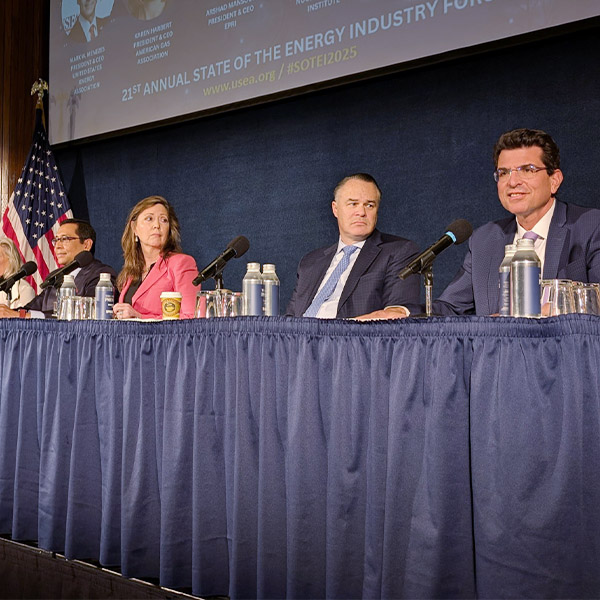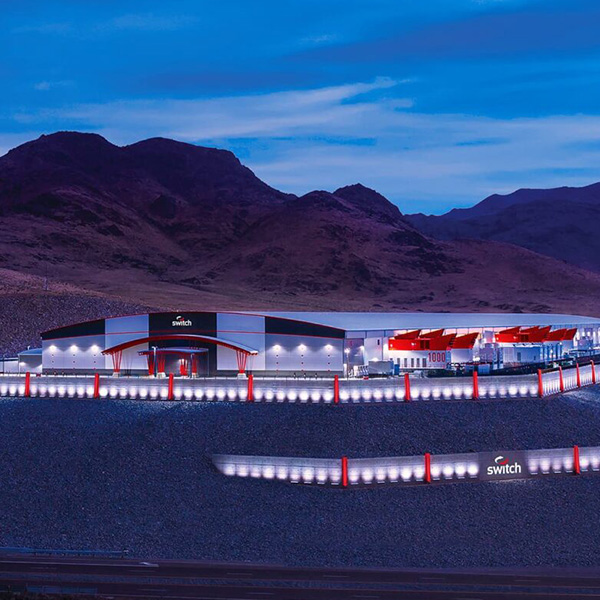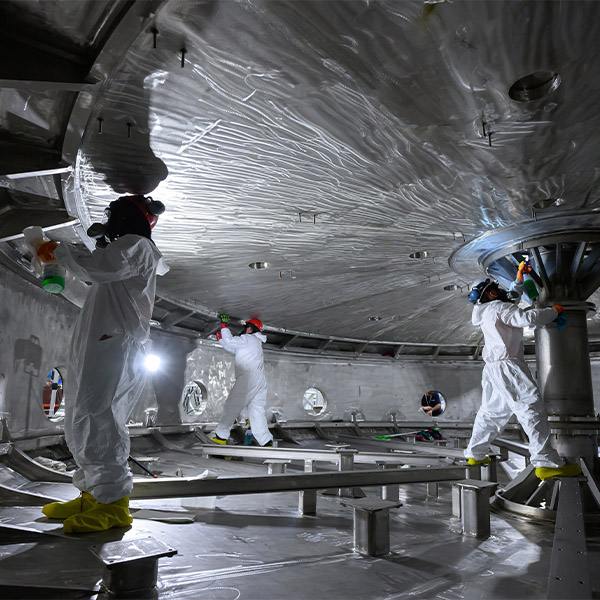Industrial Decarbonization
Puget Sound Energy and Modern Hydrogen have launched an initiative aimed at expanding hydrogen technology among large gas customers to meet decarbonization goals.
Pacific Steel Group is planning a zero-carbon-emission steel mill near Mojave, Calif., in a first-of-a-kind project that will set an example for industrial decarbonization.
The Energy Association's 21st Annual State of the Energy Industry Forum reflected the quickly shifting landscape of national energy policy and the resulting shift in industry priorities and narratives.
President Donald Trump presented the World Economic Forum with his desire to power the U.S. AI revolution: behind-the-meter generation co-located with data centers and built rapidly under his National Energy Emergency executive order.
With days left in his administration, President Joe Biden issued an executive order aimed at siting and permitting cutting-edge artificial intelligence data centers on federal land by 2027.
Virginia legislators introduced a series of bills they hope to pass in a short session this year aimed at addressing demand growth from data centers through cost allocation of utility rates, increased transparency in planning and tying tax incentives to efficiency requirements.
California lawmakers may consider extending the state’s landmark cap-and-trade program, following a request from Gov. Gavin Newsom in his 2025/26 budget proposal.
The rising opposition to the Maryland Piedmont Reliability Project, a 67-mile, 500-kV transmission line, and general dissatisfaction with PJM and utility grid planning and interconnection policies, are driving new bills in the General Assembly.
Data centers’ voracious appetite for electricity could spike more than threefold over the next four years, rising from 4.4% of U.S. power demand in 2023 to as high as 12% in 2028, according to the Lawrence Berkeley National Laboratory.
Two companies developing advanced nuclear technology made landmark announcements about their plans.
Want more? Advanced Search










